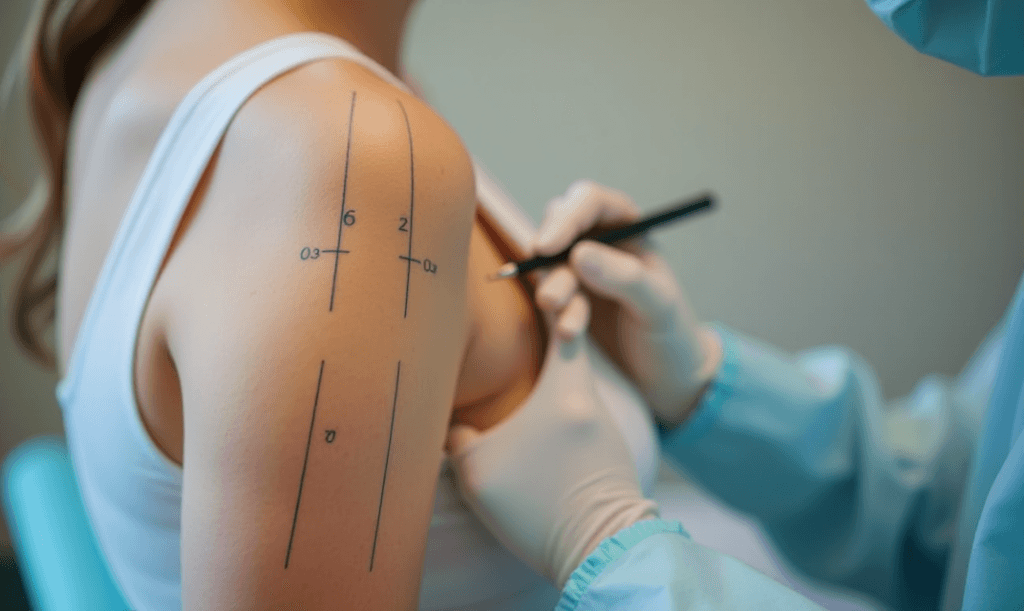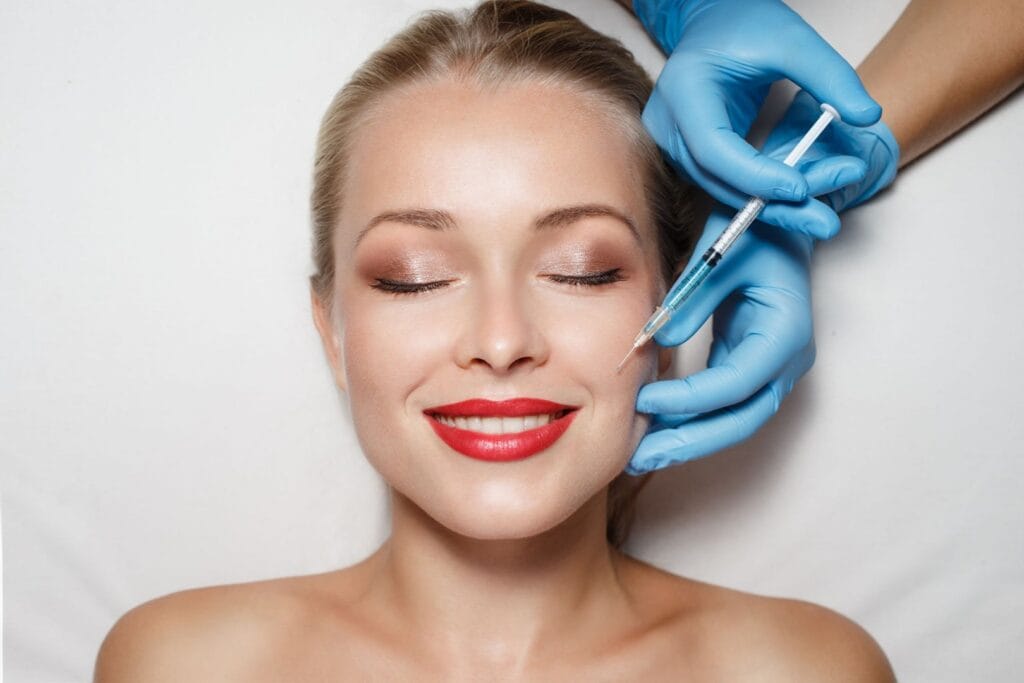An arm lift, or brachioplasty, can dramatically improve the appearance of sagging upper arms, restoring a more toned and youthful contour. However, successful recovery hinges on meticulous post-operative care, particularly focusing on proper incision management. This article provides essential guidance on caring for your incisions following an arm lift, helping you achieve optimal healing and minimize scarring.

Table of Contents
Immediate Post-Surgery Care
Following your arm lift surgery, you’ll likely experience some discomfort, swelling, and bruising. Your surgeon will provide specific instructions, but generally, expect to have a compression garment applied to minimize swelling and support the healing tissues. This garment should be worn as directed, typically for several weeks. Elevate your arms above your heart as much as possible during the initial recovery period to further reduce swelling. This helps to promote lymphatic drainage and prevent fluid accumulation. Pain medication prescribed by your surgeon should be taken as directed to manage discomfort. Avoid strenuous activity and heavy lifting for at least the first few weeks, as this can disrupt the healing process and increase the risk of complications.
Rest is crucial in the immediate post-operative phase. Avoid activities that could strain your arms or put pressure on the incisions. This includes reaching overhead, lifting heavy objects, and engaging in vigorous exercise. Adequate sleep promotes healing and reduces stress on your body. Maintain a healthy diet rich in protein and nutrients to support tissue repair and overall recovery. Staying hydrated is also essential for optimal healing, so drink plenty of water throughout the day. Finally, follow all instructions provided by your surgical team diligently.
Regularly check your bandages and dressings for any signs of excessive bleeding or drainage. If you notice any significant changes, contact your surgeon immediately. Avoid touching or picking at your incisions, as this can introduce infection and delay healing. Keep the incision sites clean and dry to prevent contamination. If you experience any unusual pain, fever, or increased swelling, seek medical attention promptly. These could be indicators of a potential complication. Remember, open communication with your surgical team is key to a successful recovery.
Your surgeon will schedule follow-up appointments to monitor your progress and assess the healing process. Attend all scheduled appointments to ensure proper wound healing and address any concerns that may arise. Be patient and understand that recovery takes time. While initial results are visible soon after surgery, the final outcome may take several months to fully manifest. Consistency in following your surgeon’s instructions is paramount for achieving the best possible results.
Incision Cleaning & Dressing
Your surgeon will provide detailed instructions on how to clean and dress your incisions. Generally, this involves gently washing the area with mild soap and water, avoiding harsh scrubbing or the use of abrasive cleansers. Pat the area dry with a clean, soft towel, rather than rubbing. Your surgeon may recommend using a specific antiseptic solution to further reduce the risk of infection. Always wash your hands thoroughly before and after cleaning your incisions to prevent the spread of bacteria. Follow your surgeon’s instructions regarding the frequency of cleaning, typically once or twice a day.
The type of dressing used will depend on your surgeon’s preference and the healing stage. Some surgeons may use steri-strips or sutures, which will be removed at a follow-up appointment. Others may use bandages or specialized dressings to protect the incisions and absorb any drainage. Change dressings as directed by your surgeon, typically when they become soiled or wet. If you notice any excessive bleeding or drainage, contact your surgeon immediately. Avoid using scented lotions, perfumes, or powders near the incisions, as these can irritate the skin and delay healing.
Proper wound care is essential to prevent infection and promote optimal healing. Keep the incision sites clean and dry, and avoid exposing them to direct sunlight or extreme temperatures. If you need to shower, keep the incisions covered with a waterproof dressing to prevent them from getting wet. Avoid swimming or submerging the incisions in water until your surgeon gives you the go-ahead. Regularly inspect the incisions for any signs of infection, such as redness, swelling, increased pain, or pus. Report any concerns to your surgeon promptly.
Maintaining a clean and dry environment around your incisions is crucial for preventing infection. Change your bedding regularly and wear clean clothing to minimize the risk of contamination. Avoid tight-fitting clothing that could rub against the incisions and cause irritation. If you experience any unusual itching or discomfort, contact your surgeon to rule out any complications. Remember, consistent and careful incision care is a key factor in achieving a positive outcome from your arm lift surgery.
Recognizing Signs of Infection
Recognizing the signs of infection is crucial for prompt treatment and preventing serious complications. Early detection is key, so it’s important to be vigilant and aware of any changes in your incisions. Common signs of infection include increased pain and tenderness around the incision site, which may be significantly more intense than the usual post-operative discomfort. This pain may be accompanied by throbbing or a pulsating sensation. Look for redness, swelling, or warmth around the incision, which may extend beyond the immediate area.
Another key indicator of infection is the presence of pus or drainage from the incision. This drainage may be yellow, green, or brown in color and may have an unpleasant odor. Fever, chills, or general malaise (feeling unwell) are systemic signs of infection that require immediate medical attention. These symptoms indicate that the infection may be spreading beyond the incision site. If you experience any of these symptoms, contact your surgeon or seek medical attention immediately. Do not attempt to self-treat an infection.
Increased swelling around the incision site, beyond the expected post-operative swelling, can also be a sign of infection. This swelling may be accompanied by hardening or firmness of the skin around the incision. Changes in the appearance of the incision, such as opening or widening of the wound, are also cause for concern. These changes may indicate that the wound is not healing properly and may be infected. Any unusual discoloration of the skin around the incision, such as purplish or bluish hues, should also be reported to your surgeon.
Prompt medical attention is essential if you suspect an infection. Delaying treatment can lead to serious complications, including sepsis, which is a life-threatening condition. Your surgeon will likely prescribe antibiotics to treat the infection and may need to perform additional procedures to drain the infection or clean the wound. Following your surgeon’s instructions carefully is crucial for a successful recovery and to prevent further complications. Remember, early detection and treatment are key to managing infections effectively.

Optimizing Healing & Scar Management
Proper nutrition plays a vital role in optimizing healing and minimizing scarring. Consume a diet rich in protein, vitamins, and minerals to support tissue repair and collagen production. Protein is essential for building and repairing tissues, while vitamins C and E are important antioxidants that promote healing and reduce inflammation. Zinc is also crucial for wound healing and immune function. A balanced diet will support your body’s natural healing processes and contribute to a better cosmetic outcome.
Maintaining adequate hydration is equally important. Water helps to flush out toxins, transport nutrients to the healing tissues, and keep the skin hydrated, which is crucial for optimal scar formation. Avoid smoking, as it impairs blood circulation and can negatively impact wound healing, leading to poorer scar quality. Smoking also increases the risk of infection and complications. Limit alcohol consumption, as it can also interfere with healing and increase the risk of complications.
Scar management techniques can significantly improve the appearance of your scars over time. Your surgeon may recommend silicone sheeting or gels to help flatten and soften scars. These products are applied directly to the scars and help to reduce inflammation and improve the texture of the skin. Massage therapy, once the incisions are fully healed, can also help to soften and improve the appearance of scars. This should only be done after consulting with your surgeon and under the guidance of a qualified therapist.
Sun protection is crucial for minimizing scar visibility. UV radiation can darken and thicken scars, making them more noticeable. Always apply a broad-spectrum sunscreen with an SPF of 30 or higher to the incision sites, even on cloudy days. Avoid prolonged sun exposure, especially during peak hours. Consistent and diligent scar management can significantly improve the cosmetic outcome of your arm lift surgery, resulting in less noticeable and more aesthetically pleasing scars.
Proper incision care is paramount for a successful arm lift recovery. By diligently following your surgeon’s instructions, recognizing signs of infection, and employing appropriate scar management techniques, you can optimize your healing process and achieve the best possible aesthetic results. Remember, open communication with your surgical team is essential throughout your recovery journey.
Transform Your Confidence with Surgyteam!
Join the thousands of satisfied patients who have experienced the exceptional care and expertise of Surgyteam’s renowned plastic surgeons. Whether you’re seeking aesthetic enhancements or reconstructive surgery, our dedicated team in Antalya is here to provide you with the highest quality treatment and personalized care.



